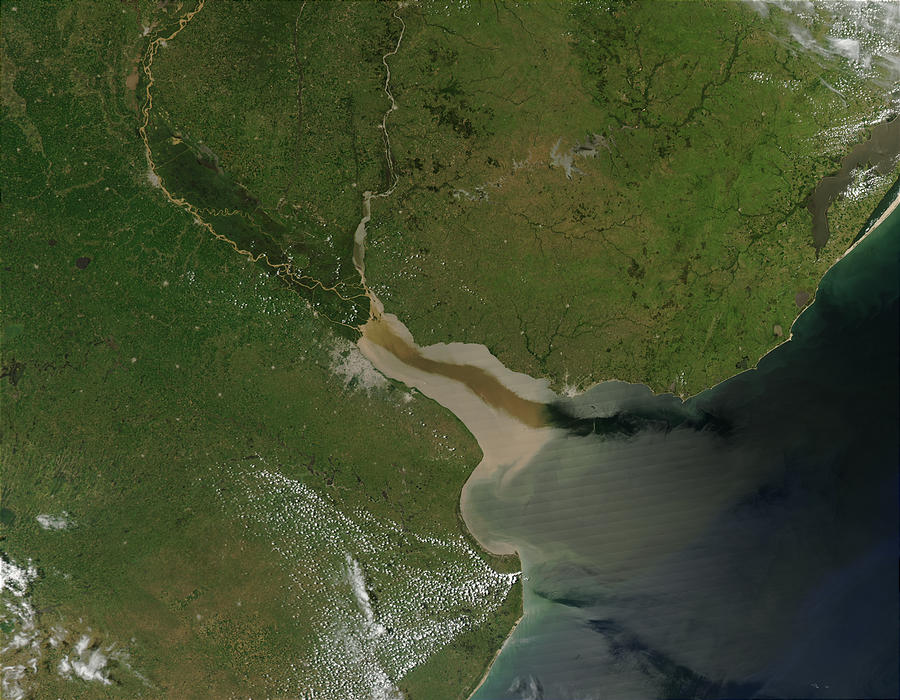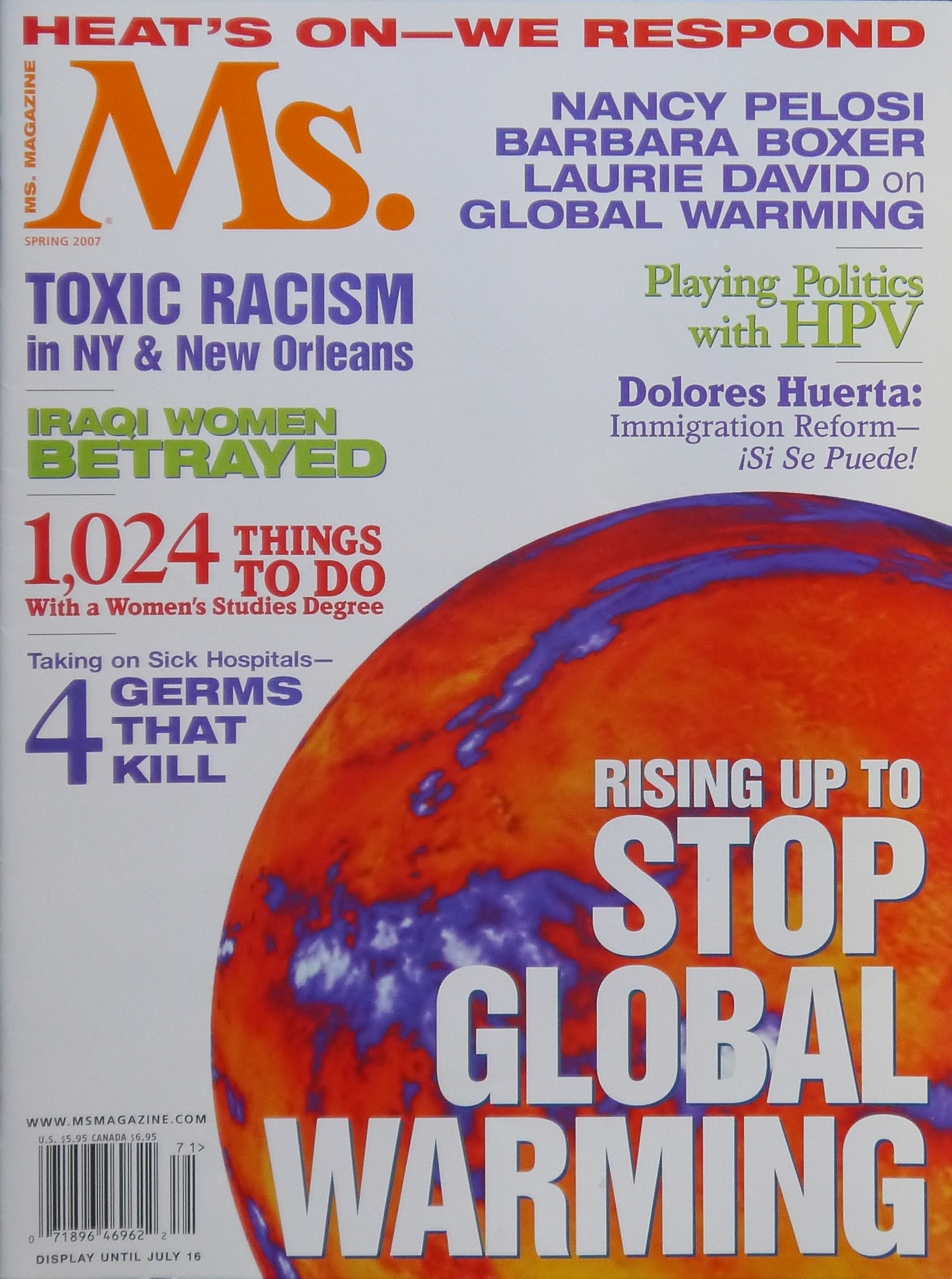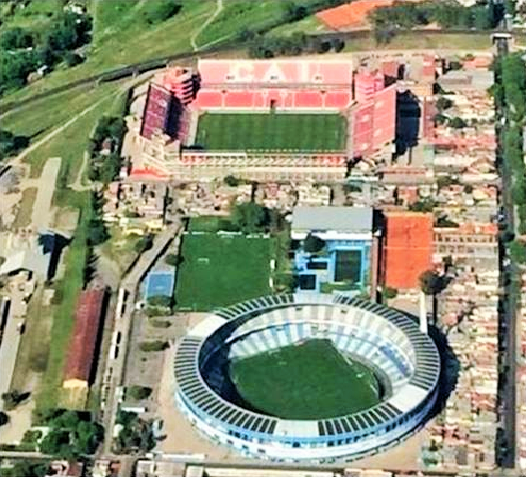|
Sylvia Bermann
Sylvia Bermann ( Córdoba, 1922 - Córdoba, September 17, 2012) was an Argentine psychiatrist, public health specialist, essayist, and member of the guerrilla group Montoneros. She spent several years in Mexico before returning to Argentina to practice her profession and manage the clinic that her father, Gregorio Bermann, had established. Early life and education Sylvia's father, Gregorio Bermann came from a family of Russian Jews, who arrived in Buenos Aires at the end of the 19th century. Gregorio was a leader of the first stage of the university Reform of 1918. He married the Buenos Aires socialist professor Leonilda Barrancos, who hailed from a family of ranchers from Chivilcoy. Gregorio and Leonilda had three children: Sylvia, Daniel Gregorio (died at the age of a year and a half) and Claudio Santiago (psychoanalyst, who would settle in Barcelona). In 1921, the family moved to Córdoba because the father would teach at the National University of Córdoba. Sylvia grew up in ... [...More Info...] [...Related Items...] OR: [Wikipedia] [Google] [Baidu] |
Córdoba, Argentina
Córdoba () is a city in central Argentina, in the foothills of the Punilla Valley, Sierras Chicas on the Primero River, Suquía River, about northwest of Buenos Aires. It is the capital of Córdoba Province, Argentina, Córdoba Province and the List of cities in Argentina by population, second-most populous city in Argentina after Buenos Aires, with about 1.6 million urban inhabitants . Córdoba was founded as a settlement on 6 July 1573 by Spanish Empire, Spanish conquistador Jerónimo Luis de Cabrera, who named it after the Spanish city of Córdoba, Spain, Córdoba. It was one of the early Spanish colonial capitals of the region of present-day Argentina (the oldest Argentine city is Santiago del Estero, founded in 1553). The National University of Córdoba, the oldest university of the country, was founded in 1613 by the Society of Jesus, Jesuit Order, and Córdoba has earned the nickname ("the learned"). Córdoba has many historical monuments preserved from the period ... [...More Info...] [...Related Items...] OR: [Wikipedia] [Google] [Baidu] |
National University Of La Plata
The National University of La Plata (, UNLP) is a national public research university located in the city of La Plata, capital of Buenos Aires Province, Argentina. It has over 90,000 regular students, 10,000 teaching staff, 17 departments and 106 available degrees. UNLP comprises the Rafael Hernández National College, the Victor Mercante Lyceum, the Bachelor of Fine Arts program, the School of Agronomy, the La Plata University Radio, the La Plata University Press and numerous academic centers for research and outreach including La Plata Museum of Natural Sciences, the University Public Library, the Samay Huasi Retreat for Artists and Writers, the Institute of Physical Education, the Astronomical Observatory and the Santa Catalina Rural Association. The institution began operations on April 18, 1897, as the ''Universidad Provincial de La Plata'' with Dardo Rocha as its rector. In 1905, Joaquín V. González, the Minister of Justice and Public Education of the government of ... [...More Info...] [...Related Items...] OR: [Wikipedia] [Google] [Baidu] |
Río De La Plata
The Río de la Plata (; ), also called the River Plate or La Plata River in English, is the estuary formed by the confluence of the Uruguay River and the Paraná River at Punta Gorda, Colonia, Punta Gorda. It empties into the Atlantic Ocean and forms a funnel-shaped indentation on the southeastern coastline of South America. Depending on the geographer, the Río de la Plata may be considered a river, an estuary, a gulf, or a marginal sea. If considered a river, it is the widest in the world, with a maximum width of . The river is about long and widens from about at its source to about at its mouth. It forms part of Argentina–Uruguay border, the border between Argentina and Uruguay. The name Río de la Plata is also used to refer to the populations along the estuary, especially the main Port city, port cities of Buenos Aires and Montevideo, where Rioplatense Spanish is spoken and tango culture developed. The coasts of the river are the most densely populated areas of Urugua ... [...More Info...] [...Related Items...] OR: [Wikipedia] [Google] [Baidu] |
National Reorganization Process
The National Reorganization Process ( PRN; often simply , "the Process") was the military dictatorship that ruled Argentina from 1976 to 1983. In Argentina it is often known simply as the ("last military junta"), ("last military dictatorship") or ("last civil–military dictatorship"), because there have been several in the country's history and no others since it ended. The Argentine Armed Forces seized political power during the March 1976 coup against the presidency of Isabel Perón, the successor and widow of former President Juan Perón, at a time of growing economic and political instability. Congress was suspended, political parties were banned, civil rights were limited, and free market and deregulation policies were introduced. The President of Argentina and his ministers were appointed from military personnel while Peronists and leftists were persecuted. The junta launched the Dirty War, a campaign of state terrorism against opponents involving torture, extrajudi ... [...More Info...] [...Related Items...] OR: [Wikipedia] [Google] [Baidu] |
Faculty Of Exact And Natural Sciences
The Faculty of Exact and Natural Sciences (''Facultad de Ciencias Exactas y Naturales''; FCEN), commonly and informally known as Exactas, is the natural science school of the University of Buenos Aires, the largest university in Argentina. It occupies several buildings of the Ciudad Universitaria, Buenos Aires, Ciudad Universitaria complex in the Núñez, Buenos Aires, Núñez neighbourhood of Buenos Aires. The computer science, mathematics and physics departments occupy the ''Pabellón 1'', while the other departments are located at the ''Pabellón 2''. Other building at the complex are also used for its academical and research activities such as the ''Pabellón de Industrias'' with the Faculty of Engineering, University of Buenos Aires, Faculty of Engineering or are wholly dedicated to research institutes operated in conjunction with Argentina's national research council CONICET (see list below). Academic departments Department of Atmospheric and Ocean Sciences [...More Info...] [...Related Items...] OR: [Wikipedia] [Google] [Baidu] |
Guerrilla Warfare
Guerrilla warfare is a form of unconventional warfare in which small groups of irregular military, such as rebels, partisans, paramilitary personnel or armed civilians, which may include recruited children, use ambushes, sabotage, terrorism, raids, petty warfare or hit-and-run tactics in a rebellion, in a violent conflict, in a war or in a civil war to fight against regular military, police or rival insurgent forces. Although the term "guerrilla warfare" was coined in the context of the Peninsular War in the 19th century, the tactical methods of guerrilla warfare have long been in use. In the 6th century BC, Sun Tzu proposed the use of guerrilla-style tactics in '' The Art of War''. The 3rd century BC Roman general Quintus Fabius Maximus Verrucosus is also credited with inventing many of the tactics of guerrilla warfare through what is today called the Fabian strategy, and in China Peng Yue is also often regarded as the inventor of guerrilla warfare. Guerrilla wa ... [...More Info...] [...Related Items...] OR: [Wikipedia] [Google] [Baidu] |
Peronism
Peronism, also known as justicialism, is an Argentine ideology and movement based on the ideas, doctrine and legacy of Juan Perón (1895–1974). It has been an influential movement in 20th- and 21st-century Argentine politics. Since 1946, Peronists have won 10 out of the 14 presidential elections in which they have been allowed to run. Peronism is defined through its three flags: "economic independence" (an economy that does not depend on other countries, by developing its national industry), " social justice" (the fight against socioeconomic inequalities) and " political sovereignty" (the non-interference of foreign powers in domestic affairs). Peronism as an ideology is described as a social form of nationalism, as it pushes for a sense of national pride among Argentines. However, it promotes an inclusive form of nationalism that embraces all ethnicities and races as integral parts of the nation, distinguishing it from racial or chauvinistic ethno-nationalism that prio ... [...More Info...] [...Related Items...] OR: [Wikipedia] [Google] [Baidu] |
Left-wing Politics
Left-wing politics describes the range of Ideology#Political ideologies, political ideologies that support and seek to achieve social equality and egalitarianism, often in opposition to social hierarchy either as a whole or of certain social hierarchies. Left-wing politics typically involve a concern for those in society whom its adherents perceive as disadvantaged relative to others as well as a belief that there are unjustified inequalities that need to be reduced or abolished, through radical means that change the nature of the society they are implemented in. According to emeritus professor of economics Barry Clark, supporters of left-wing politics "claim that human development flourishes when individuals engage in cooperative, mutually respectful relations that can thrive only when excessive differences in status, power, and wealth are eliminated." Within the left–right political spectrum, ''Left'' and ''right-wing politics, Right'' were coined during the French Revolu ... [...More Info...] [...Related Items...] OR: [Wikipedia] [Google] [Baidu] |
Mexico City
Mexico City is the capital city, capital and List of cities in Mexico, largest city of Mexico, as well as the List of North American cities by population, most populous city in North America. It is one of the most important cultural and financial centers in the world, and is classified as an Globalization and World Cities Research Network, Alpha world city according to the Globalization and World Cities Research Network (GaWC) 2024 ranking. Mexico City is located in the Valley of Mexico within the high Mexican central plateau, at an altitude of . The city has 16 Boroughs of Mexico City, boroughs or , which are in turn divided into List of neighborhoods in Mexico City, neighborhoods or . The 2020 population for the city proper was 9,209,944, with a land area of . According to the most recent definition agreed upon by the federal and state governments, the population of Greater Mexico City is 21,804,515, which makes it the list of largest cities#List, sixth-largest metropolitan ... [...More Info...] [...Related Items...] OR: [Wikipedia] [Google] [Baidu] |
Coyoacán
Coyoacán ( ; , Otomi: ) is a borough (''demarcación territorial'') in Mexico City. The former village is now the borough's "historic center". The name comes from Nahuatl and most likely means "place of coyotes", when the Aztecs named a pre-Hispanic village on the southern shore of Lake Texcoco dominated by the Tepanec people. Against Aztec domination, these people allied with the Spanish, who used the area as a headquarters during the Spanish conquest of the Aztec Empire and made it the first capital of New Spain between 1521 and 1523. The village and later municipality of Coyoacán remained independent of Mexico City through the colonial period into the 19th century. In 1857, the area was incorporated into the then Federal District when this district was expanded. In 1928, the borough was created when the Federal District was divided into sixteen boroughs. The urban expansion of Mexico City reached the borough in the mid-20th century, turning farms, former lakes, and for ... [...More Info...] [...Related Items...] OR: [Wikipedia] [Google] [Baidu] |
Buenos Aires Province
Buenos Aires, officially the Buenos Aires Province, is the largest and most populous Provinces of Argentina, Argentine province. It takes its name from the city of Buenos Aires, the capital of the country, which used to be part of the province and the province's capital until it was Federalization of Buenos Aires, federalized in 1880. Since then, in spite of bearing the same name, the province does not include Buenos Aires city, though it does include all other parts of the Greater Buenos Aires metropolitan region, which include approximately three-fourths of the conurbation's population. The capital of the province is the city of La Plata, founded in 1882. It is bordered by the provinces of Entre Ríos Province, Entre Ríos to the northeast, Santa Fe Province, Santa Fe to the north, Córdoba Province, Argentina, Córdoba to the northwest, La Pampa Province, La Pampa to the west, Río Negro Province, Río Negro to the south and west and the Autonomous City of Buenos Aires to the n ... [...More Info...] [...Related Items...] OR: [Wikipedia] [Google] [Baidu] |
Avellaneda
Avellaneda (, ) is a port city in the provinces of Argentina, province of Buenos Aires Province, Buenos Aires, Argentina, and the seat of the Avellaneda Partido, whose population was 342,677 as per the . Avellaneda is located within the Greater Buenos Aires metropolitan area, and is connected to neighboring Buenos Aires by several bridges over the Riachuelo River. Overview Located on land granted to Adelantado Juan Torres de Vera y Aragón by Captain Juan de Garay in 1620, a port settlement known as ''Puerto del Riachuelo'' first emerged here in 1731. Established as ''Barracas al Sur'' on April 7, 1852, by Quilmes Partido, Quilmes Justice of the Peace Martín José de la Serna, the town grew to become a major rail center during the late 19th century. It was renamed on January 11, 1904, after former President Nicolás Avellaneda. It was declared a city on October 23, 1895, and its population has been stable since around 1960. Avellaneda is one of the foremost wholesale and indus ... [...More Info...] [...Related Items...] OR: [Wikipedia] [Google] [Baidu] |






